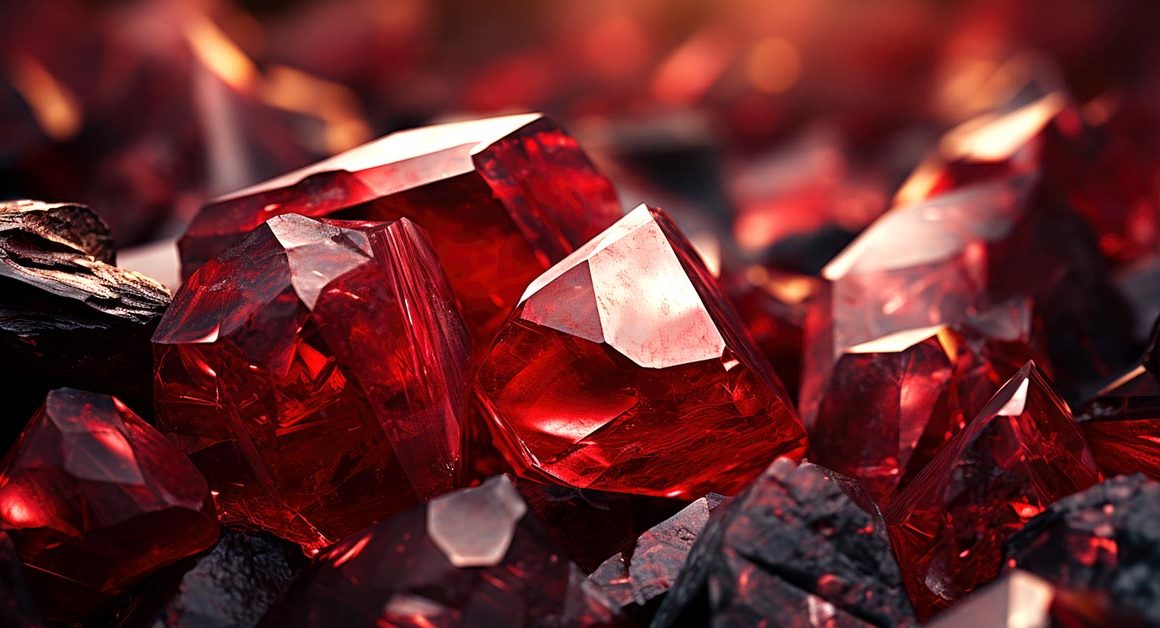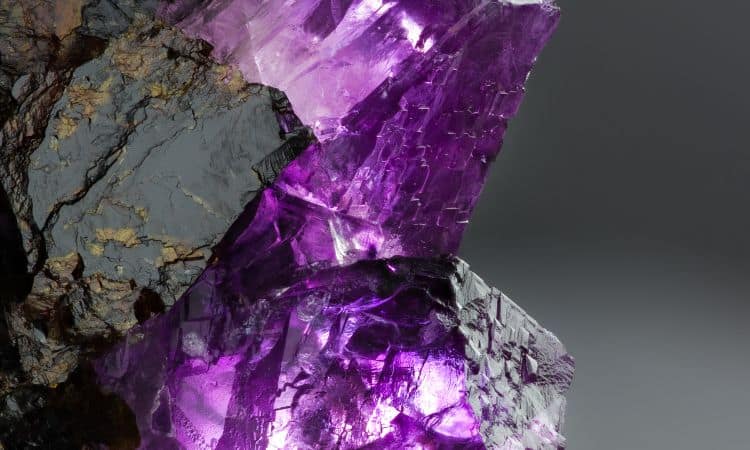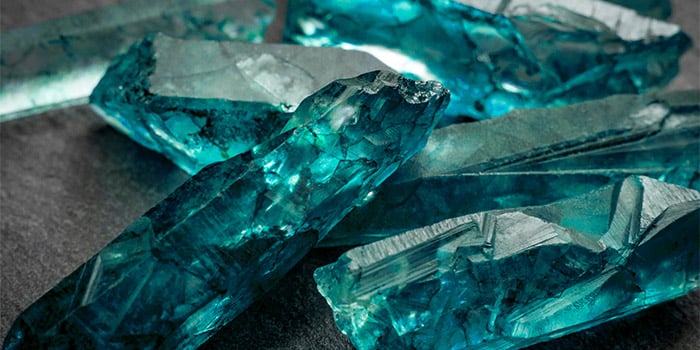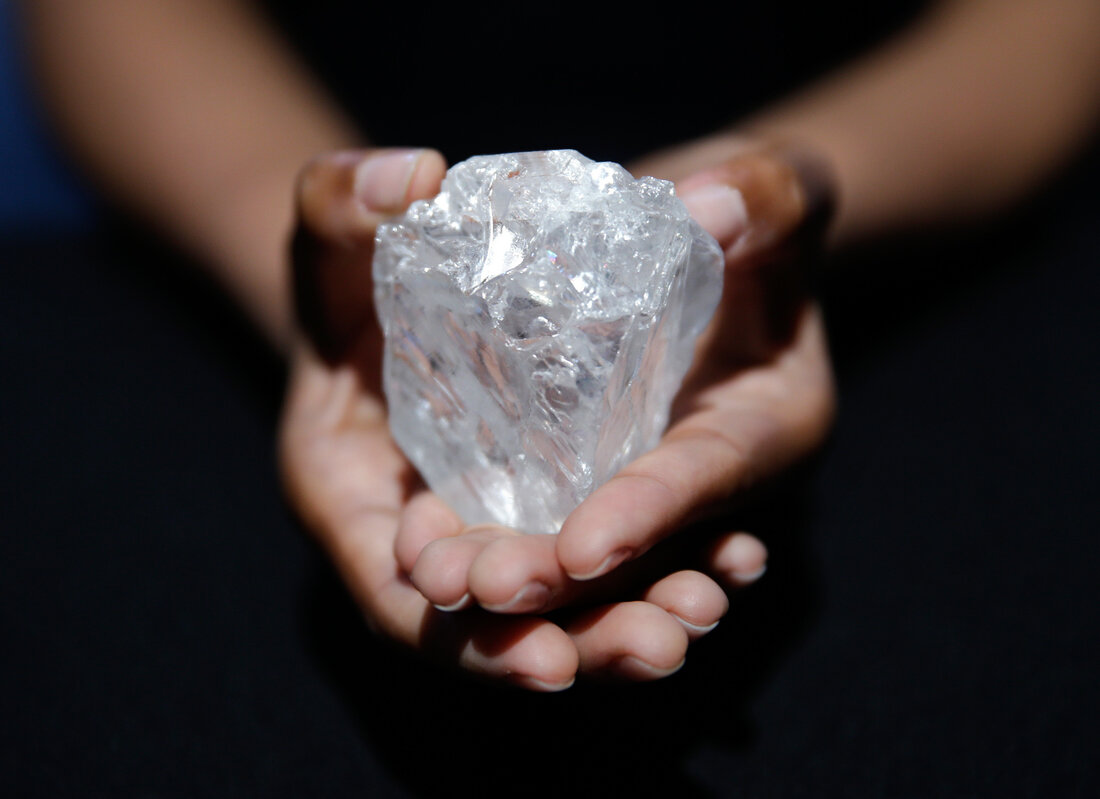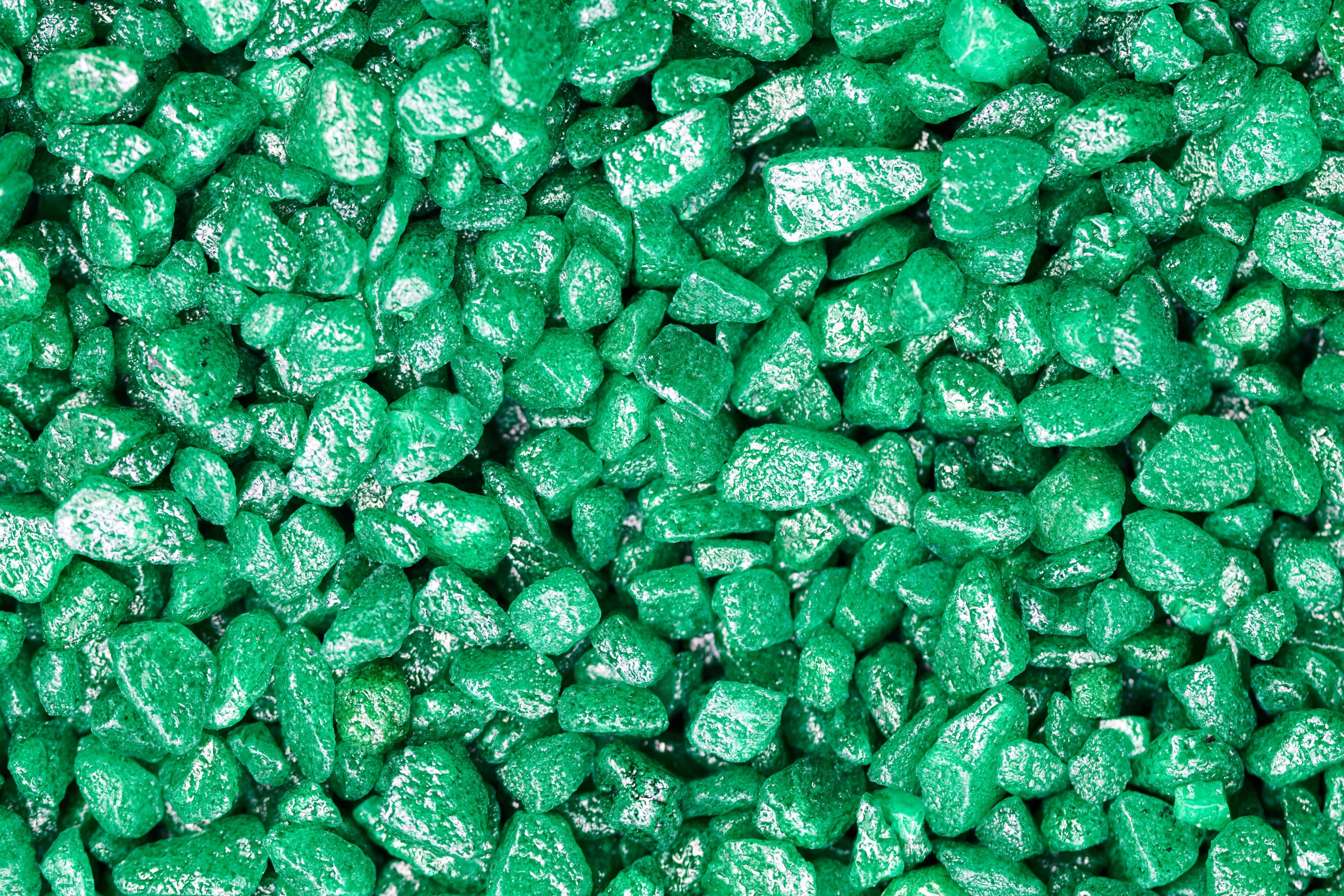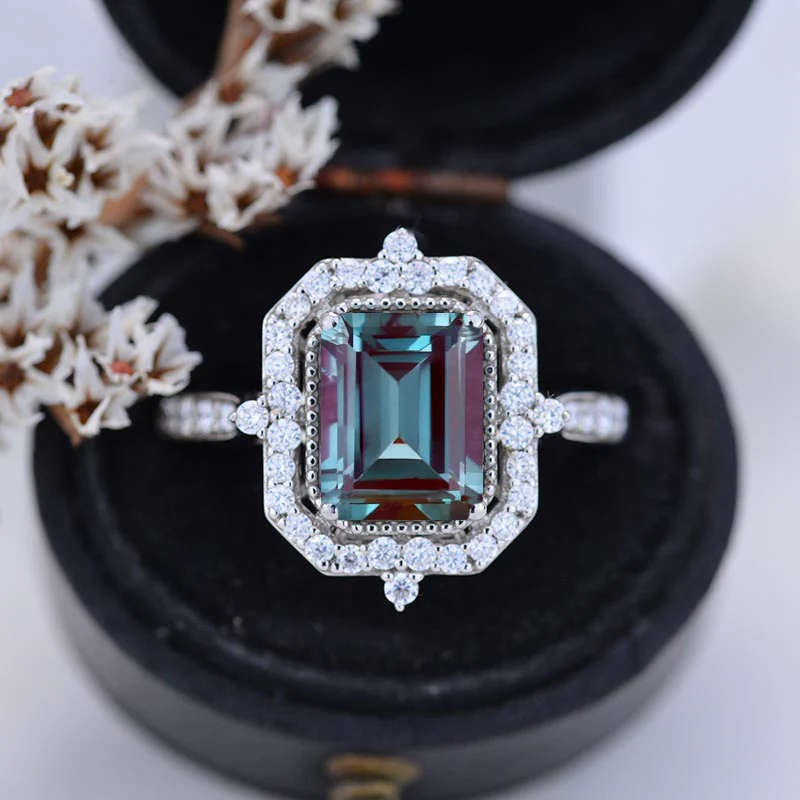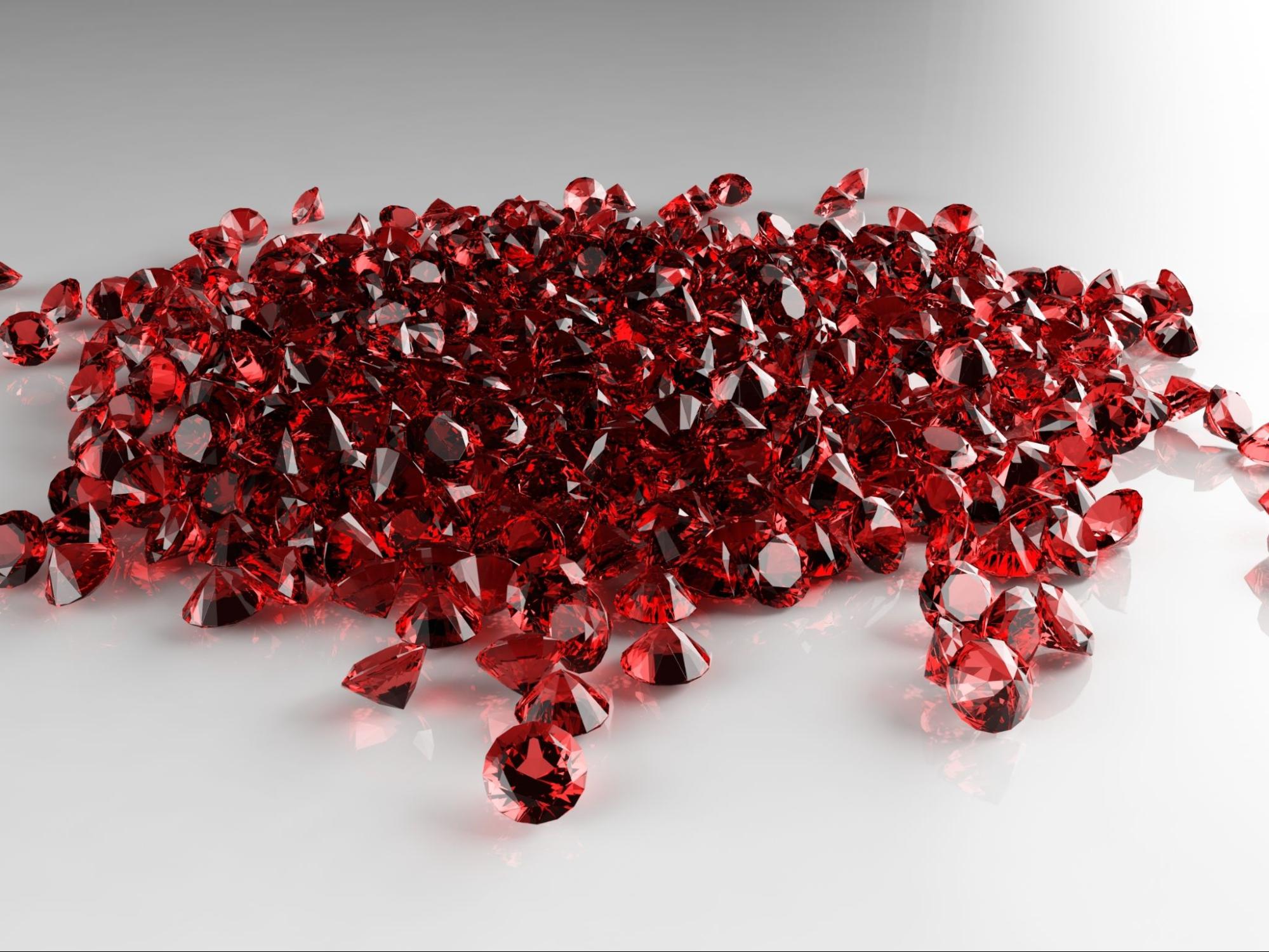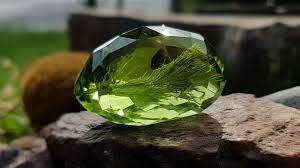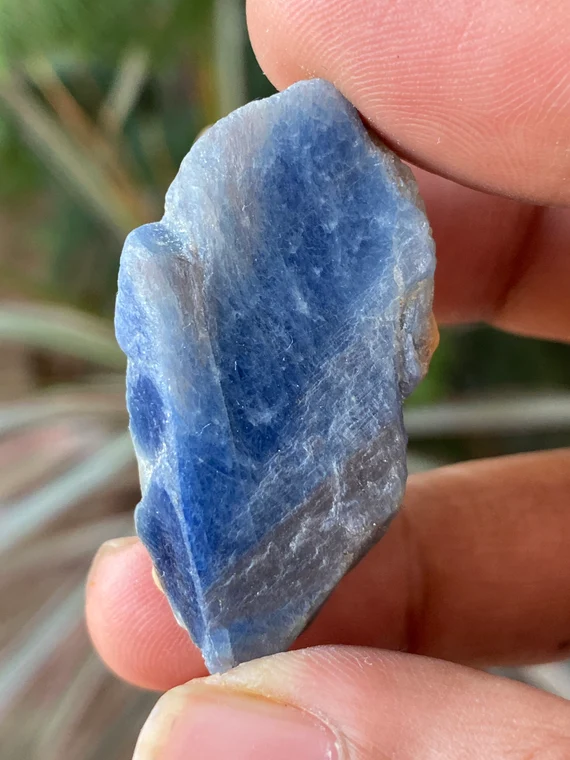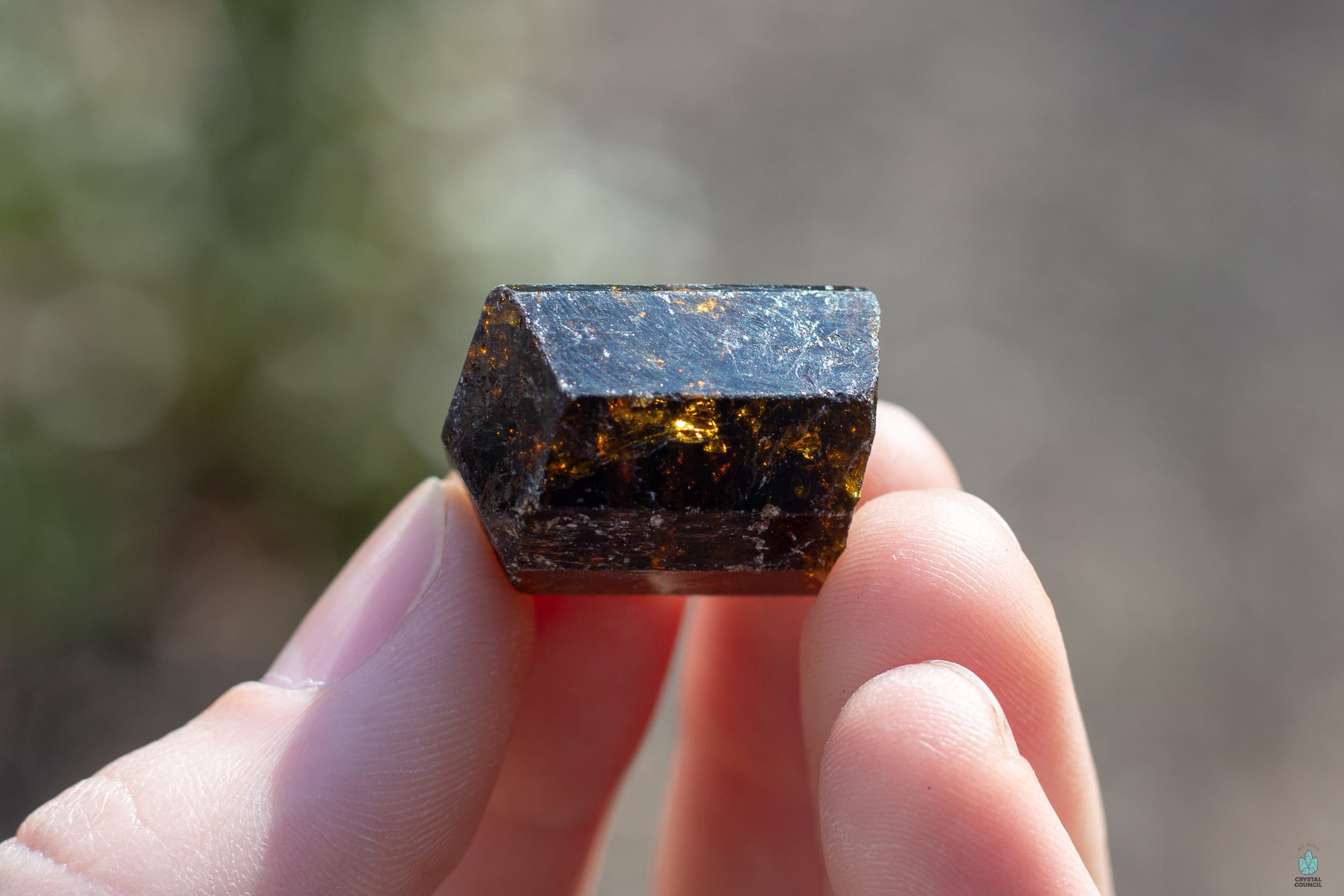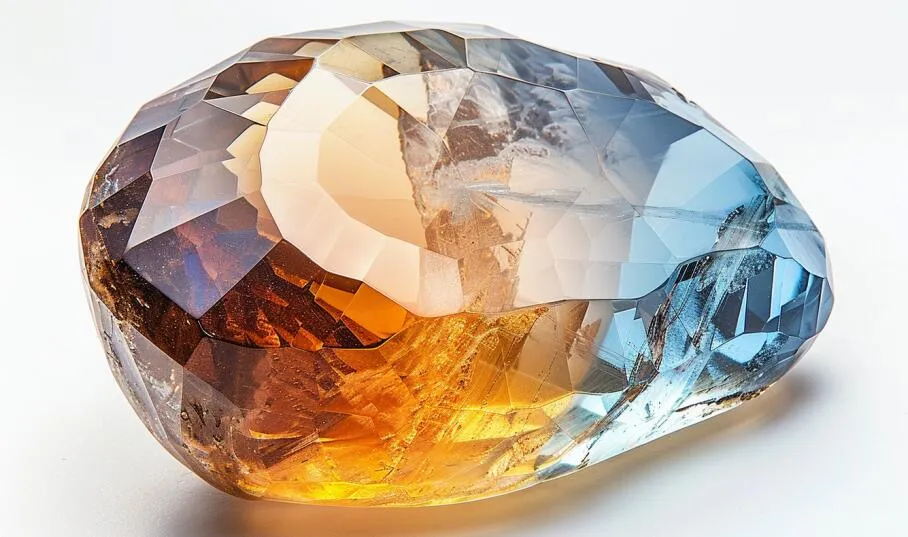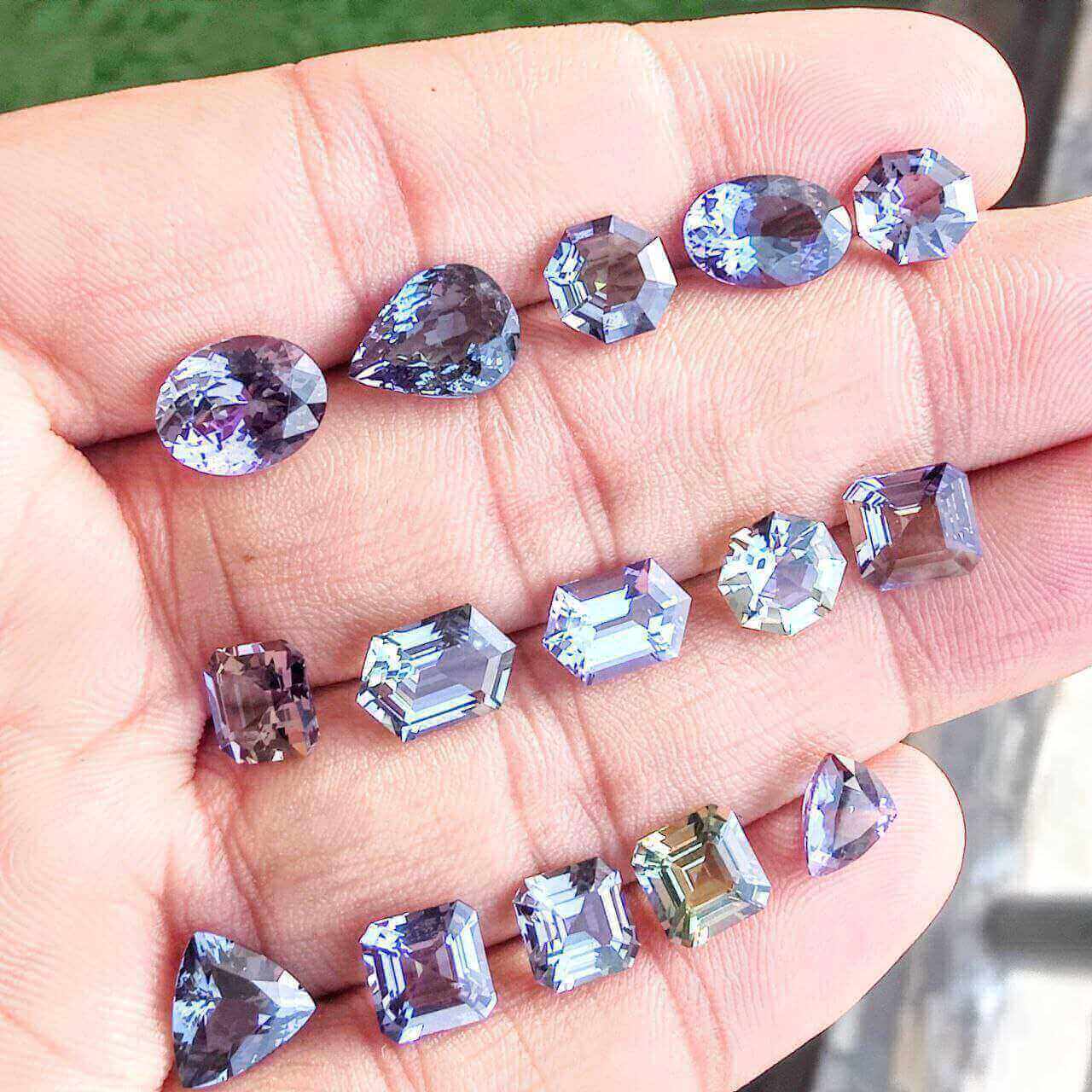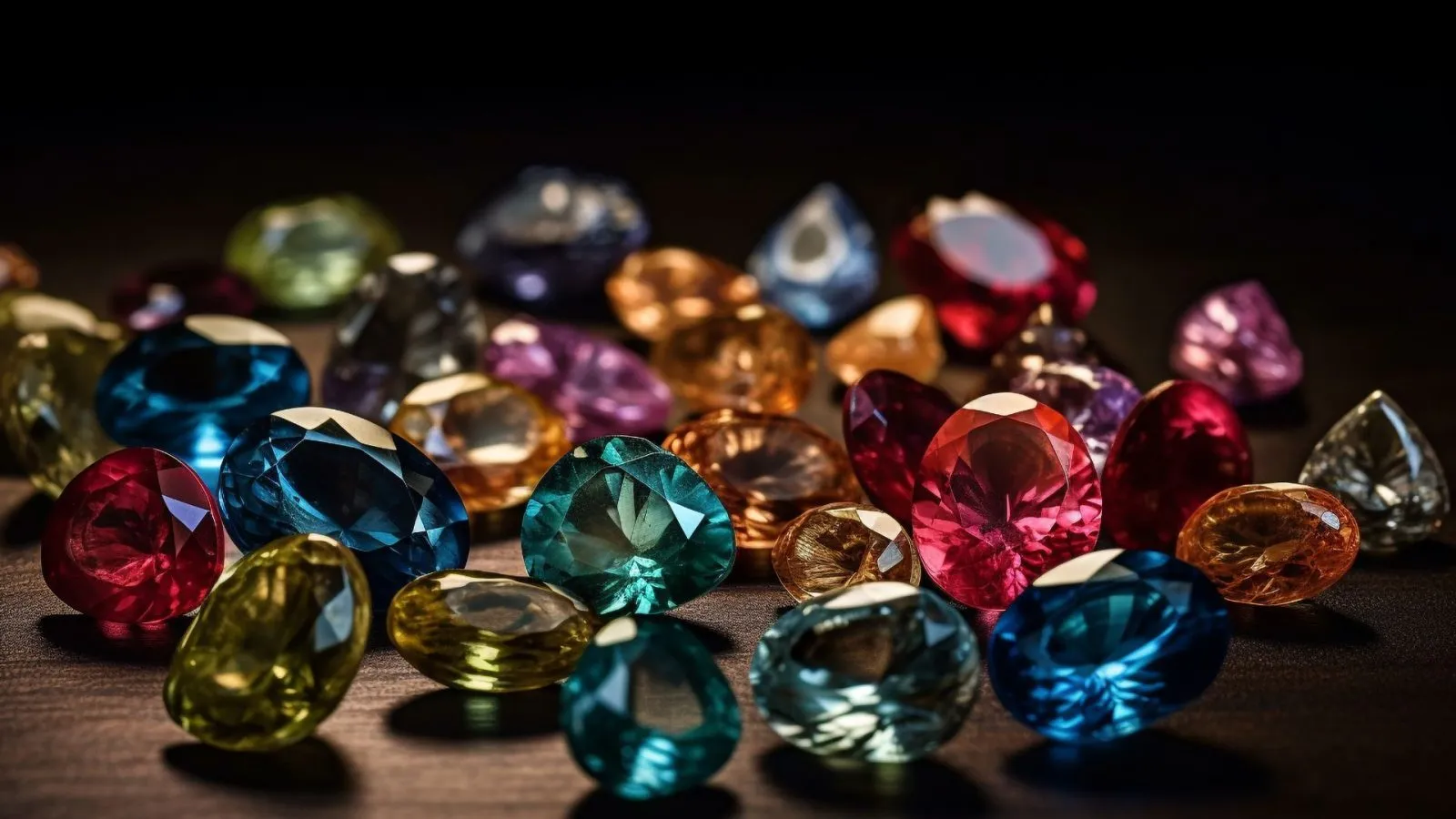
Gemstones have fascinated humanity for centuries, admired not just for their beauty but also for their deeper meanings. Each month is associated with a unique birthstone, characterized by distinct colors that symbolize different traits, emotions, and energies.
The tradition of birthstones dates back to ancient civilizations, where people believed these precious gems held protective and healing powers. Today, they remain a meaningful way to celebrate one’s birth month, adding personal significance to jewelry pieces. This guide explores the colors of birth month gemstones, their symbolism, and how to choose the perfect one for you.
The History & Significance Of Birthstones
The concept of birthstones can be traced back to biblical times. The Book of Exodus describes the Breastplate of Aaron, adorned with twelve gemstones representing the twelve tribes of Israel. Over time, these gemstones were linked to the twelve zodiac signs and, eventually, the twelve months of the year.
Different cultures have assigned various meanings to these gemstones. Ancient Egyptians, Greeks, and Romans believed they carried protective and spiritual properties. In modern times, birthstones are cherished for their symbolism, making them popular choices for jewelry, gifts, and personal talismans.
January - Garnet
The fiery glow of Garnet represents passion, energy, and commitment. This gemstone, often associated with deep reds, also comes in a variety of other colors like green, orange, and even purple. Garnet is believed to bring warmth, vitality, and protection to those born in January. Its rich history includes use in ancient jewelry and its association with loyalty and friendship.
February - Amethyst
February's birthstone, Amethyst, is a stunning purple gem that symbolizes peace, serenity, and wisdom. Its calming energy is thought to promote clarity of mind and emotional balance. Amethyst has a long history, with connections to Greek mythology and its use in religious jewelry. It's a beautiful stone that encourages tranquility and spiritual awareness. If you're drawn to the calming hues of Amethyst, you might also be interested in other beautiful purple gemstonesfor their unique properties and beauty.
March - Aquamarine
Aquamarine, with its serene blue-green hues, evokes the tranquility of the sea. This gemstone is associated with calmness, clarity, and communication. It's believed to bring courage, hope, and happiness to those born in March. Aquamarine has been historically linked to sailors and travelers, offering protection on the water.
April - Diamond
Diamonds, renowned for their brilliance and strength, are the quintessential symbol of love, purity, and invincibility. While traditionally known for their colorless sparkle, diamonds also occur in various colors, including yellow, pink, and blue. This April birthstone represents enduring strength, commitment, and clarity. Diamonds are prized for their exceptional hardness and their captivating light refraction.
May - Emerald
The vibrant green of Emeraldembodies renewal, growth, and prosperity. This May birthstone symbolizes love, hope, and new beginnings. Emeralds have been treasured for centuries, associated with royalty and believed to bring good fortune. Their lush green color is associated with nature and springtime.
June - Pearl Or Alexandrite
June boasts two unique birthstones: the classic Pearl and the color-changing Alexandrite. Pearls, organic gems formed within mollusks, represent purity, innocence, and wisdom. Alexandrite, a rare gemstone, displays different colors depending on the light source, symbolizing transformation and balance. This duality makes June a month of diverse and captivating gemstones.
July - Ruby
The fiery red Ruby, a symbol of passion, courage, and vitality, is July's birthstone. This gemstone is associated with love, energy, and strength. Rubies have been highly valued throughout history, often associated with royalty and believed to bring good luck. Their intense red color represents passion and excitement.
August - Peridot
Peridot, with its vibrant green hue, is August's birthstone, symbolizing renewal, joy, and good health. This gemstone is associated with positive energy, compassion, and protection. Peridot's bright green color is believed to ward off negative energy and bring good fortune. For those seeking a touch of this vibrant energy, peridot earringscan be a beautiful and meaningful addition to any jewelry collection.
September - Sapphire
The deep blue Sapphire, a symbol of wisdom, loyalty, and faith, is September's birthstone. This gemstone is associated with truth, integrity, and spiritual enlightenment. Sapphires are prized for their rich blue color, though they also occur in other colors, including pink, yellow, and green.
October - Opal Or Tourmaline
October offers two captivating birthstones: Opal and Tourmaline. Opals, known for their iridescent play of colors, represent hope, creativity, and innocence. Tourmalines, available in a wide range of colors, symbolize balance, grounding, and protection. This diverse selection makes October a month of colorful and meaningful gemstones.
November - Topaz Or Citrine
November also features two beautiful birthstones: Topaz and Citrine. Topaz, available in various colors, including blue, yellow, and pink, symbolizes love, joy, and abundance. Citrine, a vibrant yellow gemstone, represents happiness, prosperity, and optimism. These warm-toned gemstones bring a sense of warmth and positivity to November.
December - Tanzanite, Zircon, Or Turquoise
December is unique, with three distinct birthstones: Tanzanite, Zircon, and Turquoise. Tanzanite, a rare blue-violet gemstone, symbolizes transformation, insight, and spiritual awareness. Zircon, available in various colors, represents prosperity, wisdom, and honor. Turquoise, a vibrant blue-green gemstone, symbolizes protection, good fortune, and friendship. This trio of gems offers a wide range of choices for December-born individuals.
How To Choose The Right Birthstone Jewelry
Selecting the perfect birthstone jewelry is more than just a matter of aesthetics. The right piece should not only be visually appealing but also hold personal meaning, suit your lifestyle, and last for years to come. Here’s what to consider when making your choice.
1. Quality - Clarity, Color, And Cut Matter
The beauty and value of a birthstone largely depend on its clarity, color consistency, and cut. Clarity refers to the presence of natural inclusions or blemishes in the stone. While some gemstones, like emeralds, commonly have inclusions, others, such as diamonds, are graded for their clarity, with fewer imperfections increasing their worth.
Color consistency is another critical factor. A high-quality gemstone should have an even, vibrant hue without dull patches. For example, an exceptional sapphire will display a deep, uniform blue, while a premium ruby will have a rich, fiery red tone.
The cut of a gemstone determines how it reflects light. A well-cut stone enhances brilliance and sparkle, making the jewelry piece more eye-catching. Opting for a precision-cut gemstone ensures maximum beauty and light reflection.
2. Personal Meaning - More Than Just A Birth Month Stone
Birthstones often carry deep emotional and symbolic significance. Some people choose a gemstone based on its connection to their birth month, while others are drawn to stones for their personal meanings or historical associations.
Amethyst is often linked to tranquility and clarity of mind, making it a popular choice for those seeking inner peace. Garnet is believed to symbolize protection and strength, while pearls are associated with wisdom and purity.
Birthstone jewelry can also be sentimental, representing loved ones or special moments. A mother’s ring, for instance, may feature the birthstones of her children, adding sentimental value beyond its beauty.
3. Metal Pairing - Enhancing The Gemstone’s Beauty
The choice of metal can significantly impact how a birthstone appears. Certain gemstones look best when paired with specific metals, enhancing their color and brilliance.
Yellow gold complements warm-colored stones like ruby, citrine, and garnet, intensifying their richness. White gold and platinum create a striking contrast with deep blue sapphires or emeralds, giving the jewelry a modern and sophisticated look. Rose gold, with its soft pink hue, pairs beautifully with gemstones like morganite and opal, adding a romantic touch.
Beyond aesthetics, metal selection also affects durability. Platinum is known for its strength and resistance to tarnishing, making it ideal for long-lasting jewelry. Gold, while timeless, may require maintenance over time, especially in its softer forms, such as 18K or 22K gold.
4. Durability - Choosing A Stone For Everyday Wear
Not all birthstones are equally durable, which is an important factor to consider based on how often you plan to wear your jewelry. Gemstones are ranked on the Mohs scale of hardness, which measures their resistance to scratches and wear.
Diamonds, sapphires, and rubies are among the hardest gemstones, making them ideal for rings and bracelets that experience daily wear. Amethyst and aquamarine are moderately durable but can still chip if not handled carefully. More delicate stones, such as opal, pearl, and turquoise, require extra care, as they are prone to scratches and damage from chemicals.
If you want a birthstone piece you can wear daily without worry, opt for a harder gemstone. For softer stones, consider settings that offer more protection, such as bezel settings, or reserve them for special occasions.
FAQs
What Do Birthstone Colors Symbolize?
Birthstone colors are linked to qualities such as love, wisdom, and prosperity. For example, red rubies represent passion, while blue sapphires signify loyalty.
Which Birthstones Are The Rarest And Most Valuable?
Diamonds, rubies, and emeralds are among the most valuable due to their rarity and brilliance. Alexandrite is also rare due to its color-changing properties.
How Do I Find My Gemstone?
Each zodiac sign is associated with a planet and a gemstone, which can affect their lives according to their birth chart. Aries can wear coral, Taurus can wear opal or diamond, and Gemini can wear emerald. Cancer should wear pearl or moonstone, while Leo should wear ruby.
Which Stone Attracts Money?
Citrine - Known as the "Merchant's Stone" or "Success Stone," Citrine is highly regarded for its ability to attract wealth and success. It's sunny, golden hue is thought to carry the energy of the sun, bringing warmth and positivity.
Final Thoughts
Birthstone gemstones are more than just beautiful accessories; they hold deep personal and historical significance. Whether worn as jewelry or gifted as a token of affection, they offer a timeless way to celebrate life’s special moments.
When choosing a birthstone, consider its color, symbolism, and durability to find the perfect match. Whether it's a fiery ruby or a calming aquamarine, each gemstone tells a story that adds meaning to everyday life.
